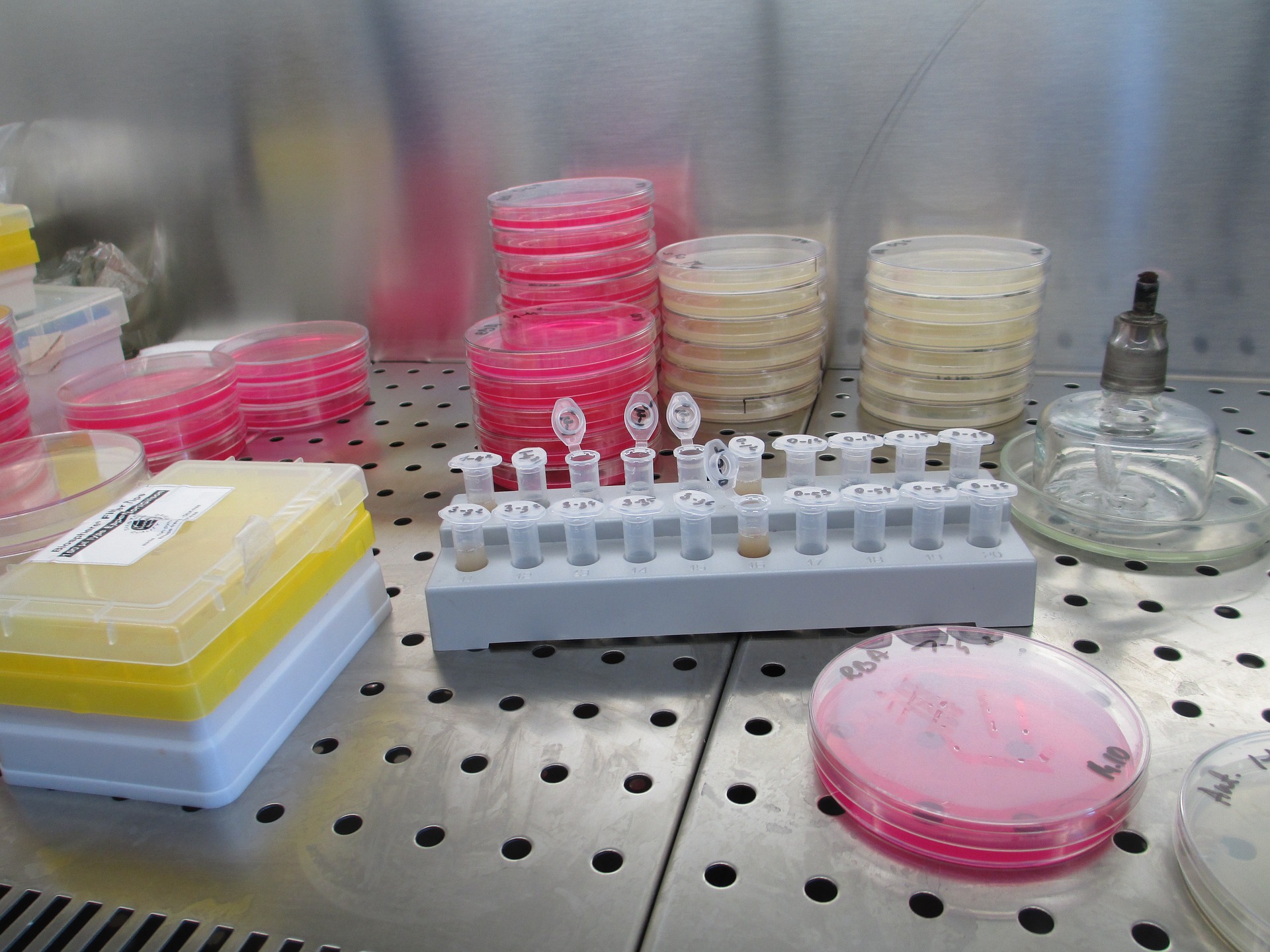
SHARE THIS ARTICLE:
Overview of Several Difficult to Detect Gram-Negative Tick-Borne Pathogens
 In this article published in FEMS Microbiology Reviews, researchers provide an overview of the current and future perspectives for diagnosis of several species of difficult to detect Gram-negative bacteria. Investigators discuss the zoonotic and vector-transmitted bacteria, Anaplasma spp., Bartonella spp., Coxiella burnetii, Orientia spp., and Rickettsia spp. These bacteria are strongly adapted to the infected host which impedes growth of these bacteria outside the host as well as identification of these pathogens. Because these bacterial species multiply slowly once they are removed from their host, it complicates the laboratory diagnosis of the disease. The slow growth of bacteria further hinders detection and characterization of the bacteria, and impacts resistance to antibiotic treatment.
In this article published in FEMS Microbiology Reviews, researchers provide an overview of the current and future perspectives for diagnosis of several species of difficult to detect Gram-negative bacteria. Investigators discuss the zoonotic and vector-transmitted bacteria, Anaplasma spp., Bartonella spp., Coxiella burnetii, Orientia spp., and Rickettsia spp. These bacteria are strongly adapted to the infected host which impedes growth of these bacteria outside the host as well as identification of these pathogens. Because these bacterial species multiply slowly once they are removed from their host, it complicates the laboratory diagnosis of the disease. The slow growth of bacteria further hinders detection and characterization of the bacteria, and impacts resistance to antibiotic treatment.
Authors summarize the existing diagnostic protocols for each of the bacteria investigated. They also identify specific limitations that exist for implementing novel diagnostic approaches and highlight the need for further optimizing or expanding the equipment, methods, and pharmaceuticals used in diagnostics and treatment. They discuss new technologies, including mass spectrometry, next generation nucleic acid sequencing, and in vitro diagnostic tools for potentially improved diagnostics of these difficult to detect and treat pathogens.
Read the full text article here
Read additional LDA articles on other tick-borne diseases here





